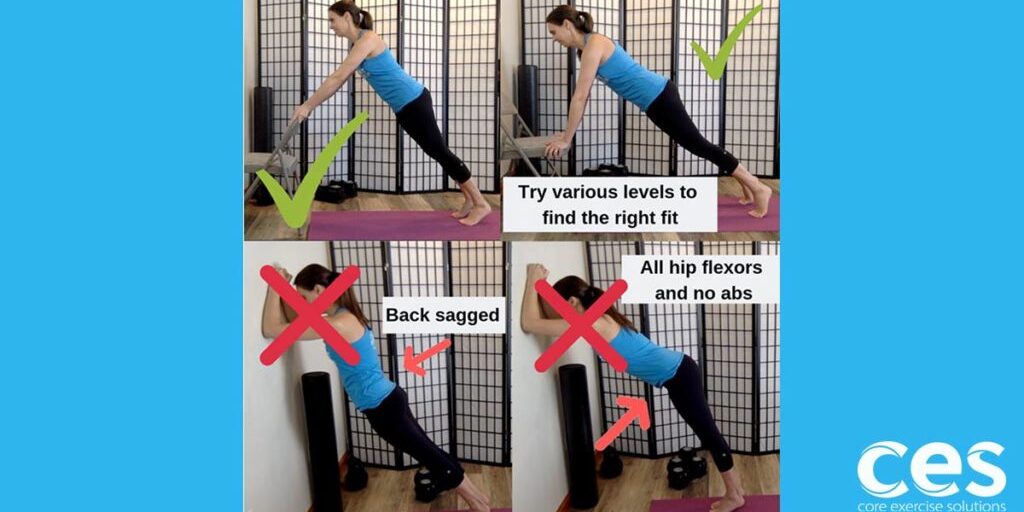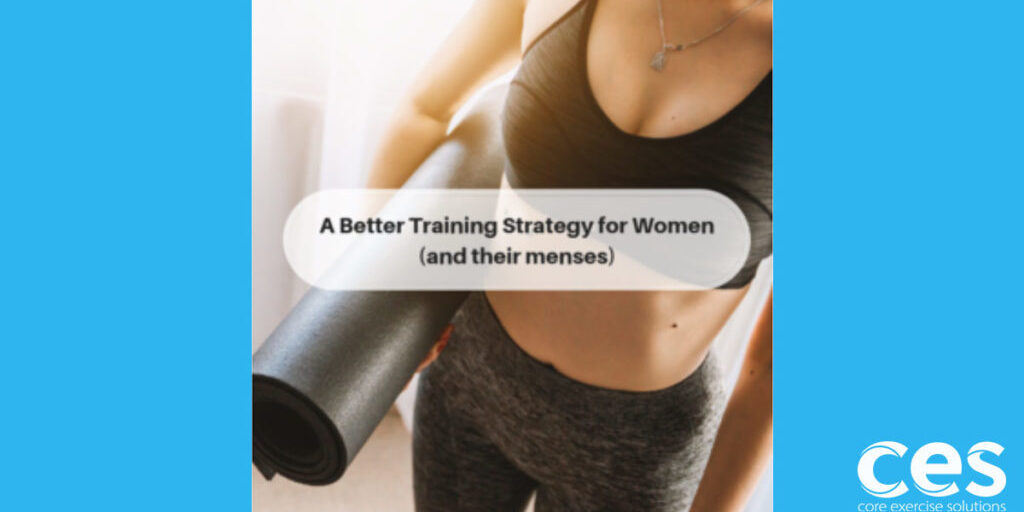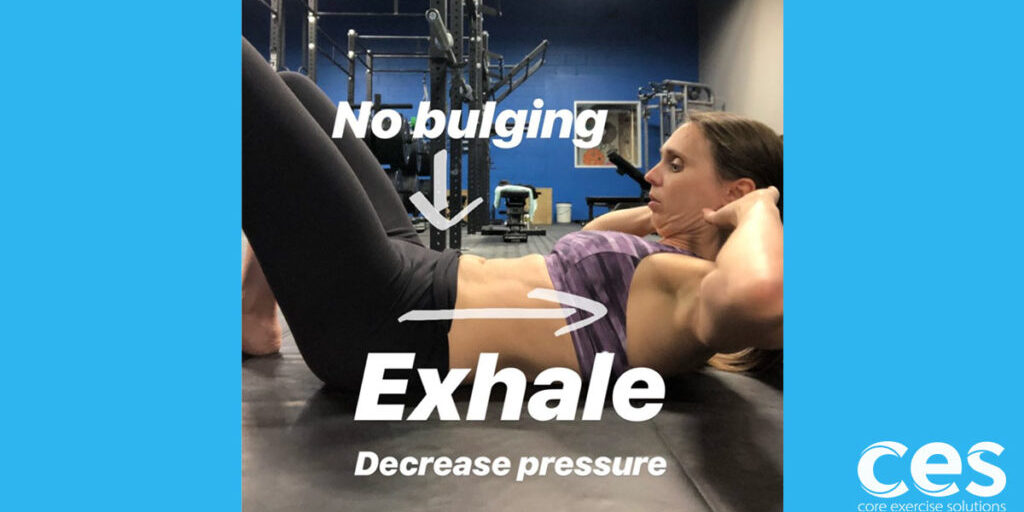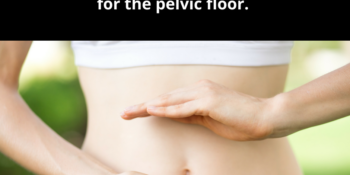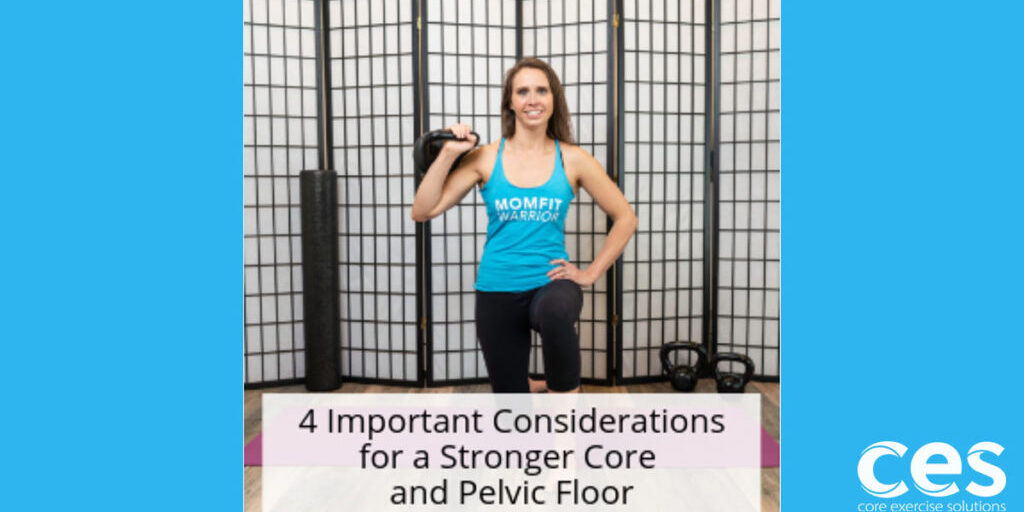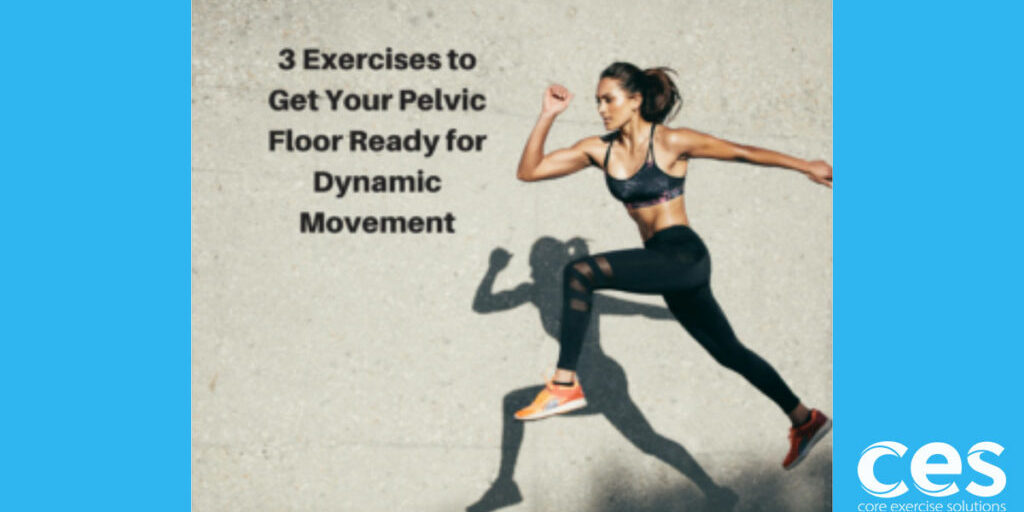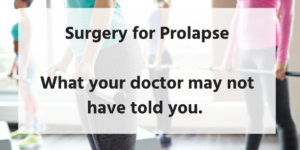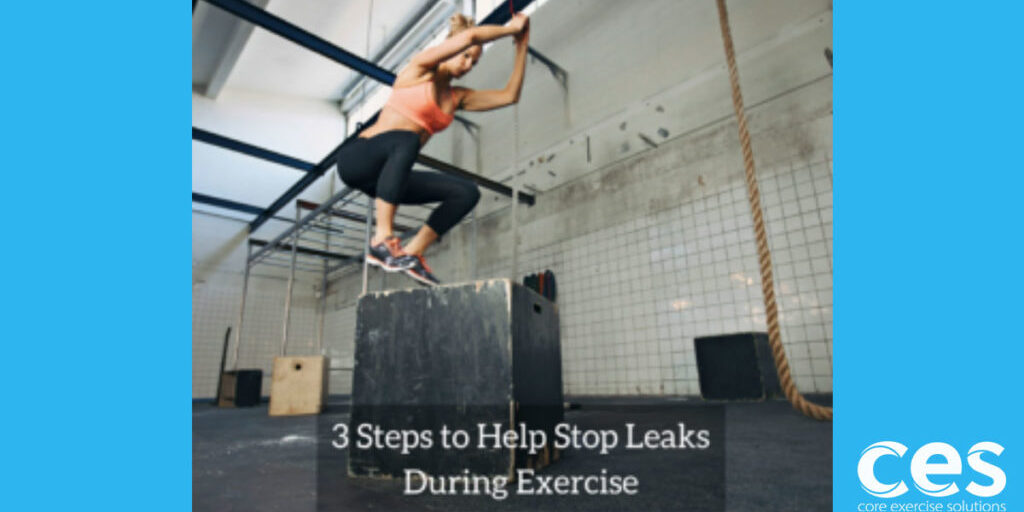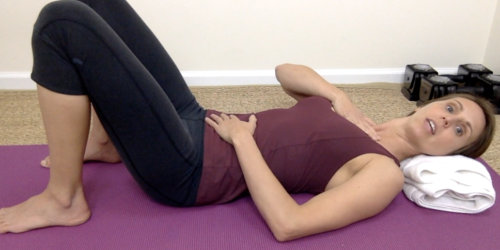Let’s talk about that “just in case pee”.
Do you:
✓ Find yourself peeing before you leave the house every single time?
✓ Feel like you don’t empty your bladder completely?
✓ Map out where the bathrooms are or go if you pass one?
This could be a sign that your bladder is running your life instead of you running your bladder!
The bladder is one of the most trainable muscles in the body. Which means it can be running your life in no time.
Now, hitting that "sweet spot" for peeing is really important. If you go too soon, you only get partial emptying. This teaches your bladder it should go at that first signal when it's only a quarter or half full. You end up going before it’s completely full.
The bladder stretches and fills like a balloon. It uses that stretch to help empty. If you chronically empty too early you lose that stretch factor and it could result in incomplete emptying.
So, if you find yourself running to the bathroom before 2-4 hours have passed, then you need to work on waiting. This can become a mental chess match between you and your bladder, in which case, it’s ok to talk a little smack. “Bladder, I’m in charge, not you. You will wait!” Tell that bladder who’s boss!
Along with a little smack talk, I like distraction. The bladder can be a bit like a two-year-old. Hey, look at this shiny object. Also known as checking the mail, email, writing a list, doing some squats, Facebook or Instagram. Anything that distracts you. The more attention you give it, the more it will scream at you.
Quick pelvic floor contractions can help as well. These are called “quick flicks”. You contract and release your pelvic floor muscles (kegel) as quickly as possible. Especially focus on contracting the front of the pelvic floor. Having trouble with the front vs back or contracting in general?
Try doing 5-10 of these quick flicks and then distraction, and see if that works.
I also like bargaining with my bladder. We’ve moved up to a 4 year old now. “Ok, bladder, let’s make it to the next bathroom (through the next task, 10 minutes, 2 minutes, etc.), then you can go.” It gives your bladder a goal. It may seem silly, but the thing has a brain of its own!
Even if you make it one extra minute longer, consider that a win!! Now, why did I say 2-4 hours? Well, if you have a lot to drink, like a tea, coffee, 2 cups of water and kombucha all within a one hour period, making it 2-3 hours is great. If you have the normal 8 oz every hour, then more like 3-4 hours is good. As you might imagine, the bladder doesn’t like for you to gulp large quantities of liquid. It much prefers sipping. How would you like feeling flooded and overwhelmed? No fun right?!
Let’s talk a bit about the other side, when you ignore your poor bladder’s signals to go. It’s got that hand raised saying “me, me, me!” but you just keep right on ignoring it. When you go past 4 hours, while consuming fluids, and go past full, your bladder can get stretched out. Remember, the bladder is a muscle and works best when it has that perfect stretch. If it gets over-distended, it doesn’t work well. Much like a woman with a giant pregnant belly trying to get off a couch. Yep, those abs have given up. Don’t let that happen to your bladder! Respect those signals to go pee (if they are reasonable) and don’t wait too long.
So, there you have it. The sweet spot for a happy bladder. If you’re struggling one way or the other, it helps to keep a diary. Write down the liquids you consume and volume you pee. Grab a cheap measuring cup from the dollar store if you don’t want to use your kitchen one. Bear Grylls doesn’t have me convinced that pee is safe to drink.
A diary cannot lie. You can see first-hand what you gulp and how often you go!
Goal:
“A healthy bladder can hold one and a half to two cups (300-400 mls) of urine during the day and about four cups (800 mls) at night. It is normal to pass urine five or six times a day if you drink between 6-8 glasses of fluid.” www.continence.org.au
| 7am | Drinks in mls or oz | Pee in mls or oz |
| 7:15 | ||
| 7:30 | ||
| 7:45 | ||
| 8am | ||
| Etc, etc. (you get the gist) |
If you don’t go that often you can spread your chart out a bit more and do it by the half hour or hour. The important takeaway is a reality check and a clear picture. That way if you do need to get professional advice, you can take in your diary.
The last topic I’d like to touch on is forcing out pee. Do not do it!! No power peeing. We do not have to help with everything. Let your bladder have this job, that’s what it’s good at. Forcing pee out is bearing down, and chronic bearing down can lead to prolapse. It’s also just not healthy for the bladder. Let that bladder work, just sit there and relax. Have you ever seen a man trying to power pee? No, they just relax. Who cares if the kids are beating on the door… or more likely trying to climb into your lap ?... relax and just let it happen.
Happy peeing!
Free Pelvic Floor Educational Series
Dr. Sarah Duvall, PT, DPT, CPT and the CES Team have helped thousands of women create the strength and stability needed to overcome common and not-so-common pelvic floor issues.
Join us today for this 4-part Pelvic Floor Video Series, absolutely free.
We don't spam or give your information to any third parties. View our Terms of Use and Privacy Policy.
Having trouble signing up? Click here


